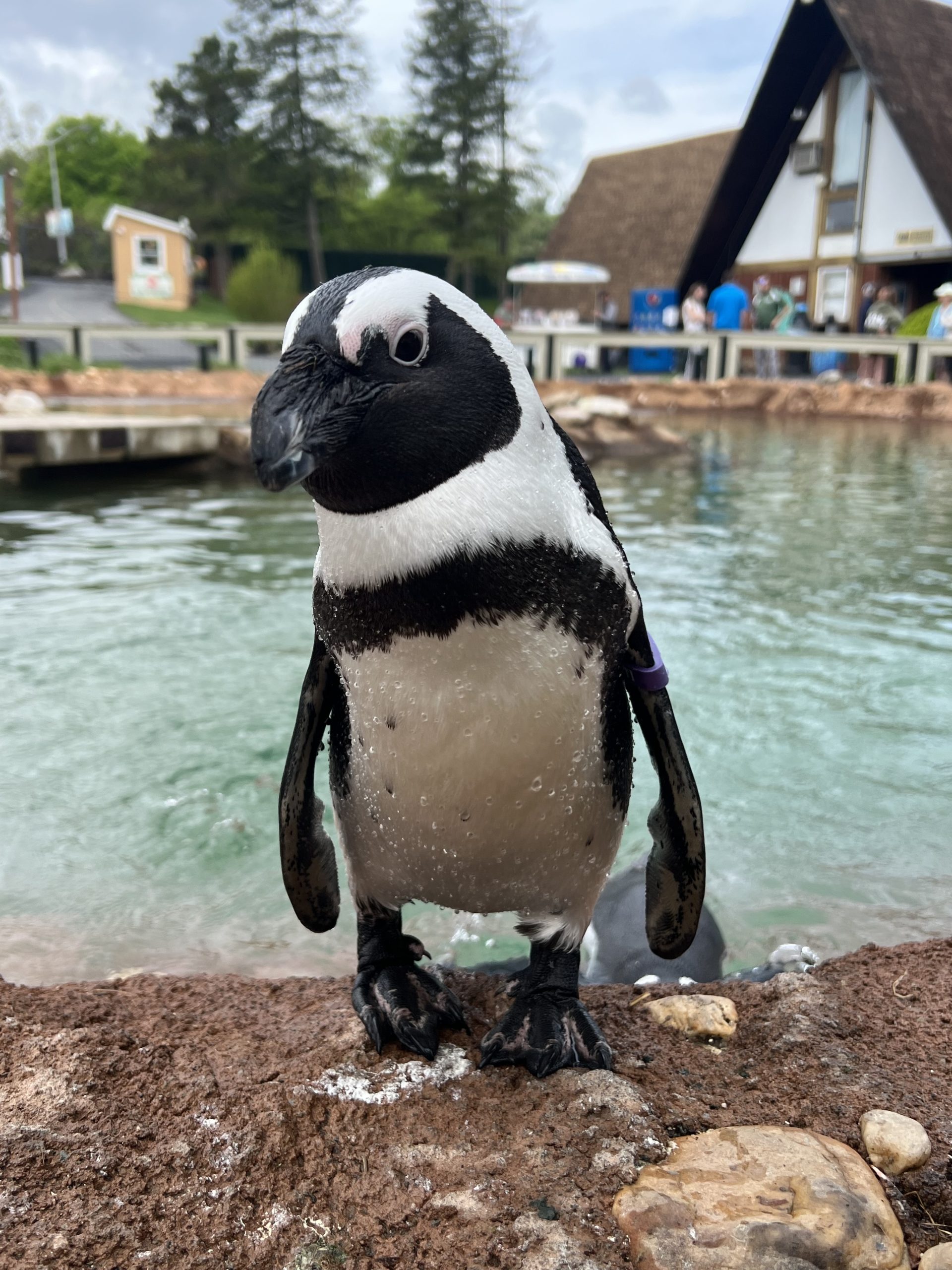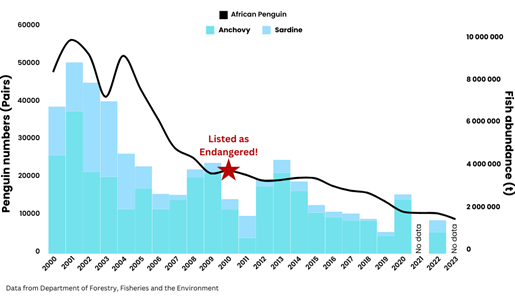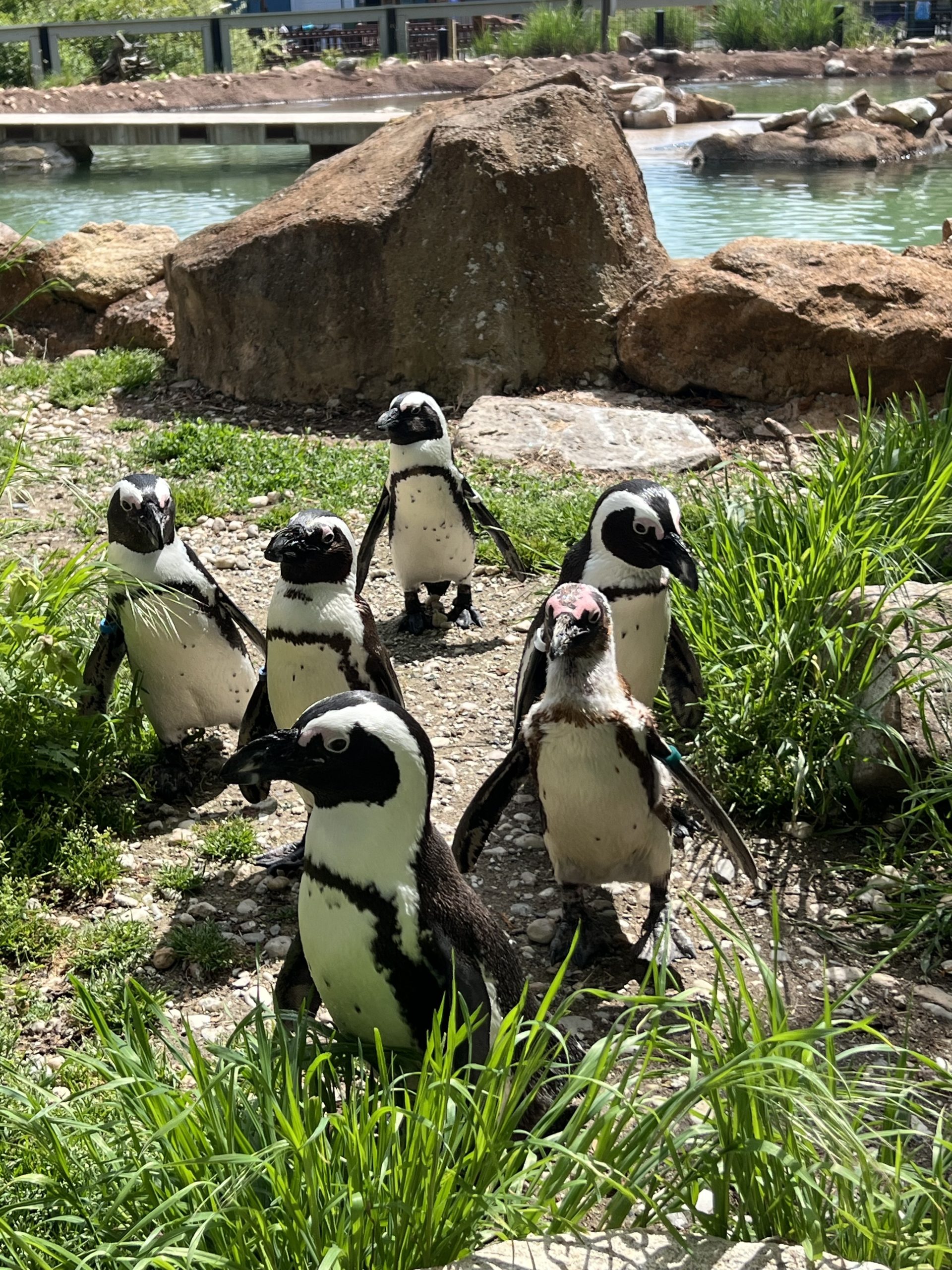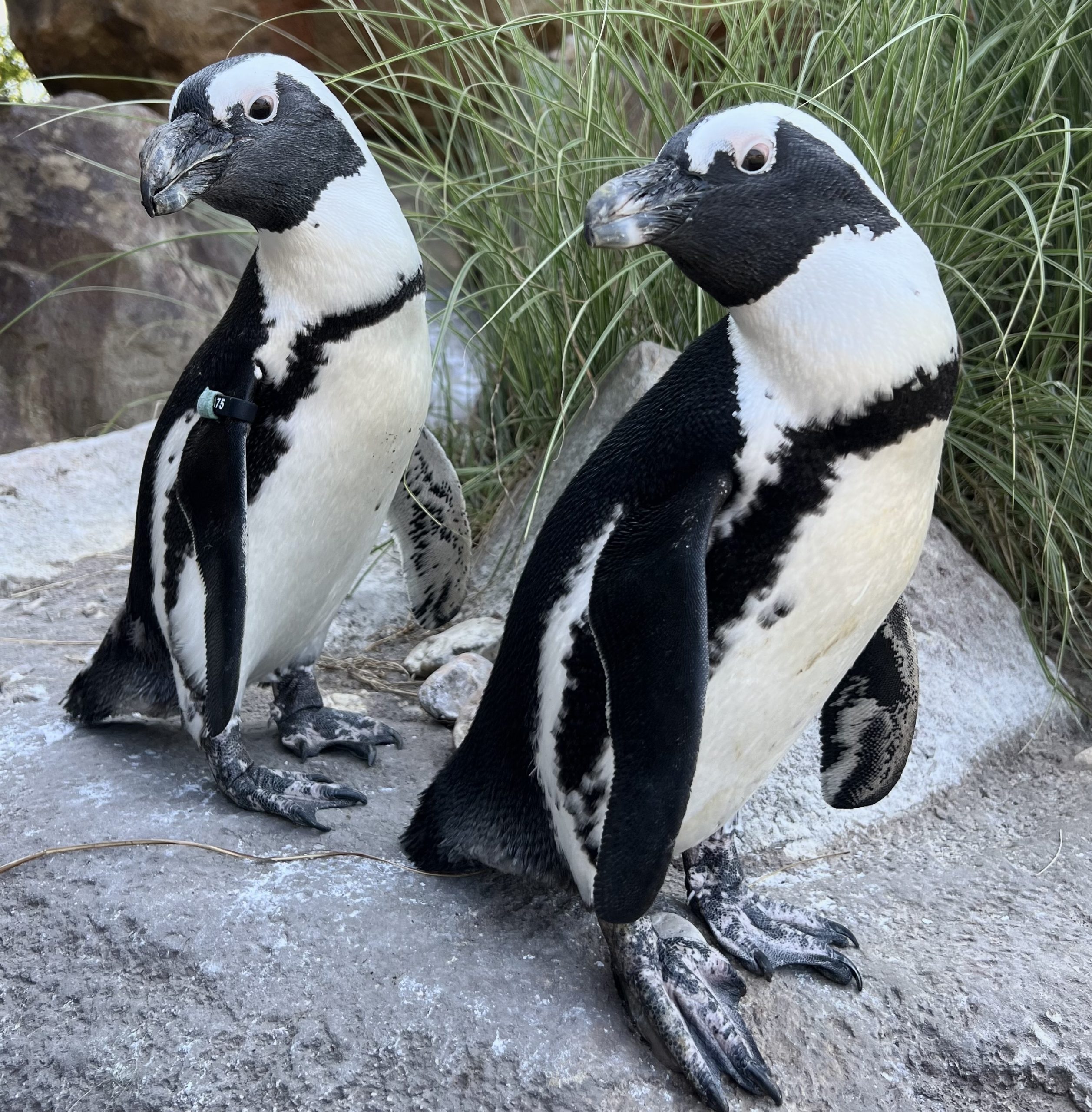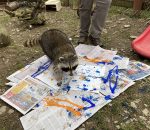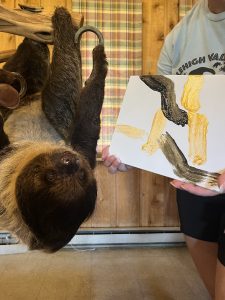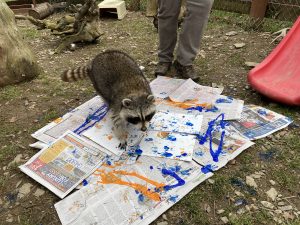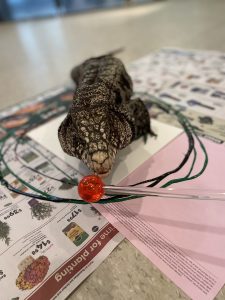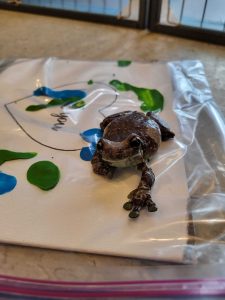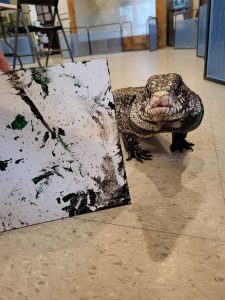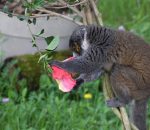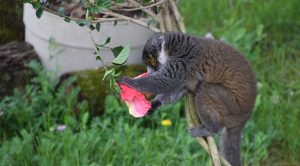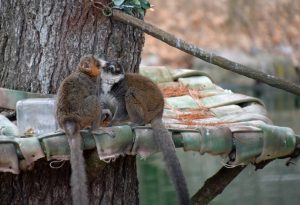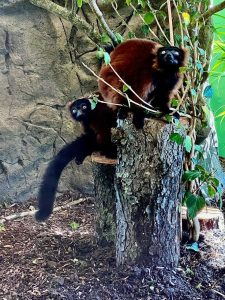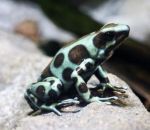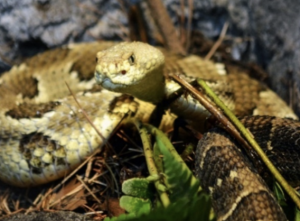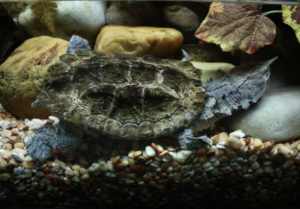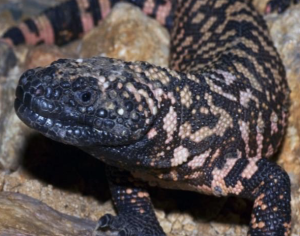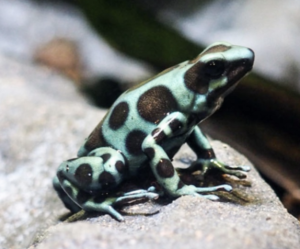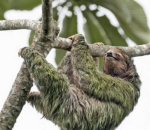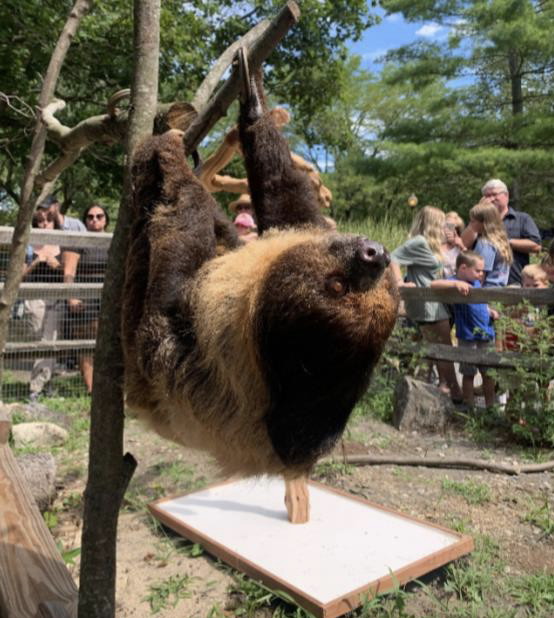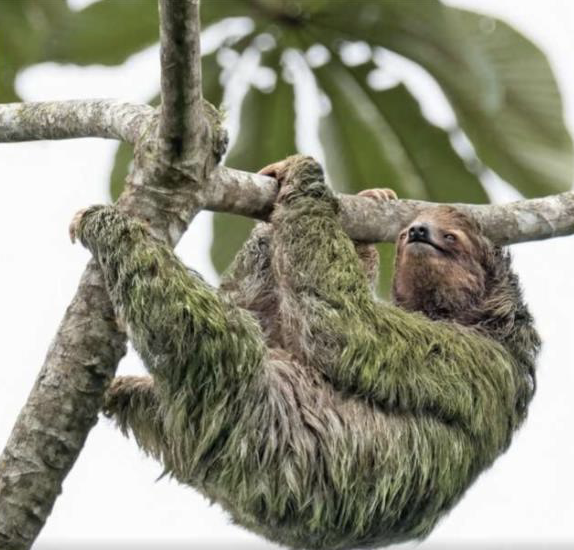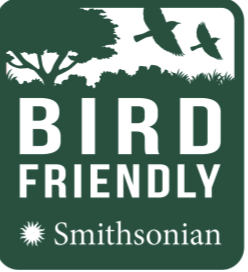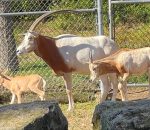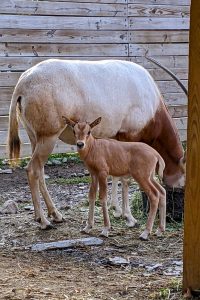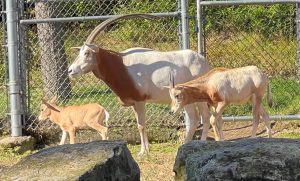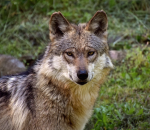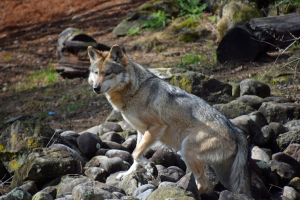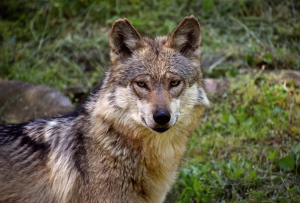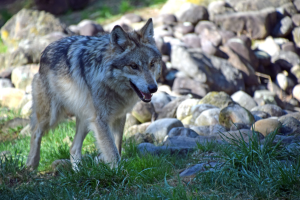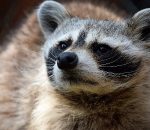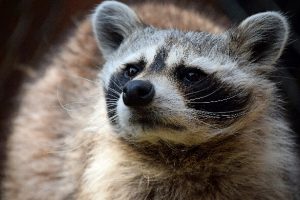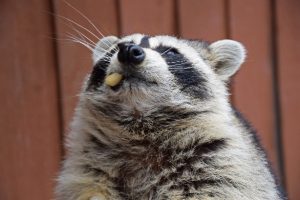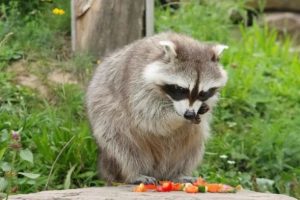Happy world giraffe day everyone!
There are 4 distinct species of giraffes in the world and the Lehigh Valley Zoo is proud to be the home of 2 Masai giraffes, Joshua and Tatu. Today is all about celebrating our tall friends, and what better way to do that than by learning a bit about them!
Did you know that giraffes have been around all the way back to the 14th century BC? It’s true! They even appear in The Tomb of Rekhmire in Egypt where art depicts the Nubians offering a giraffe and a monkey as a sign of goodwill. Julius Ceasar, who was also gifted a giraffe, started calling them cameleopards due to their similar appearance to both the camel and the leopard.
Giraffes have a fairly unique appearance, especially with their large size and striking patterns, so it’s no wonder they were seen as such a special gift during ancient times. Another thing that makes their appearance so unique are their ossicones. Ossicones are those things you see on top of a giraffes’ head. They are not horns or antlers, they are actually bone structures that help with dominance displays. Some scientists think that they might even help regulate their body temperature. Giraffes and their relative the Okapi are the only known animals to have them.
Usually when we think of giraffes, we imagine them walking through the savannah. But, they can inhabit many types of open woodlands with scattered trees and brush. The savannah has a good balance of cover and open space for grazing and the open woodlands provide a lot of their preferred food, especially acacia trees. Giraffes can eat up to 75 lbs a DAY. Our giraffes here at the zoo love to eat forsythia and alfalfa hay.
Speaking of our giraffes, our giraffes are Masai giraffes which can be found in the savannah and open woodlands of Southern Kenya and Tanzania. Masai giraffes have a noticeably darker color than other giraffe species and have patches that are leaf-shaped with jagged edges. Just like a zebra’s stripes, giraffe spots patterns are unique to the individual.
Here at the zoo, spot patterns are not the only thing that helps us tell our two male Masai giraffes apart. Joshua is not only darker than Tatu but he also stands 16 ½ ft tall compared to Tatu’s 15ft. Despite being so different, they are only 6 months apart in age. Our younger boy Tatu turned 9 on February 2nd while Joshua will be turning 10 on July 23rd. Here at the zoo we have giraffe feedings where you can feed our giraffes romaine lettuce. Our summer times begin from 11:15 AM to 12:15 PM, then another from 2:00 PM to 3:00 PM. We would love to see you there. Tickets for giraffe feed can be purchased online at www.lvzoo.org as well as admissions. Please be sure to get your ticket before waiting in line for giraffe feedings, as tickets will not be available at the feeding deck.
Unlike other African animals like the elephant, the decline in giraffes has gone largely unnoticed until recently. By visiting the Lehigh Valley Zoo, you are supporting conservation and funding efforts to help species like our giraffes! Visit the zoo today for all kinds of fun activities and more! We hope to see you here!
Written by Paige Henry
Conservation Education Intern
Lehigh Valley Zoo | Schnecksville, PA




